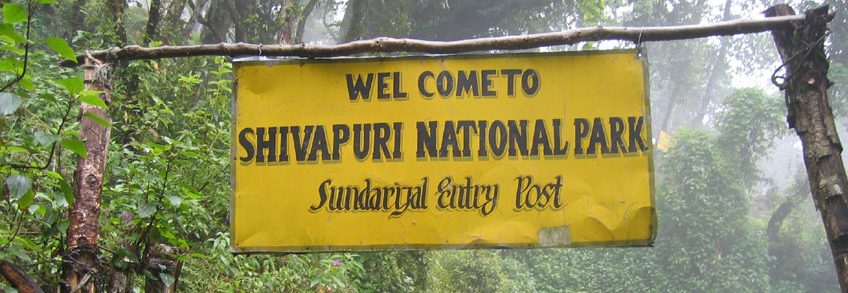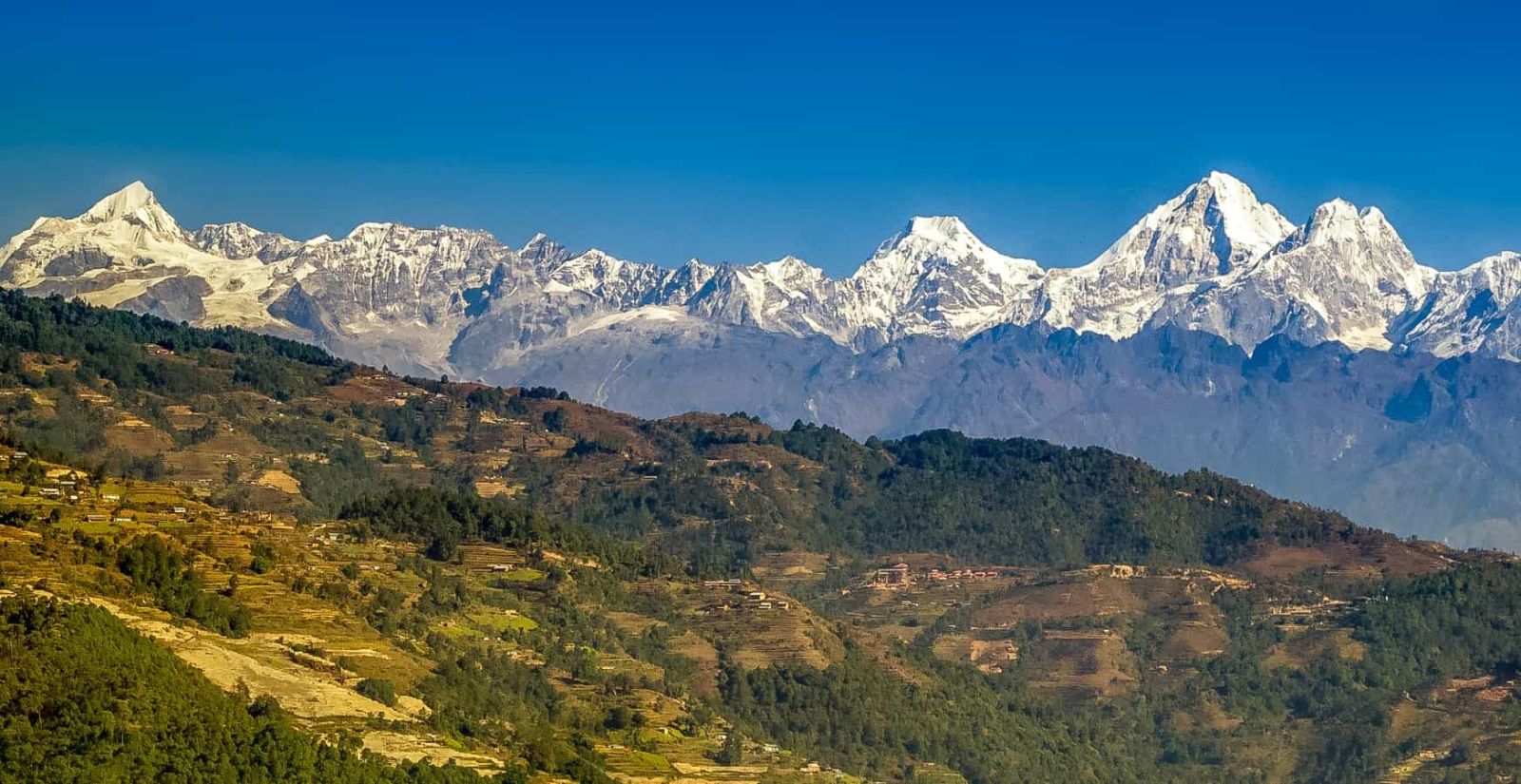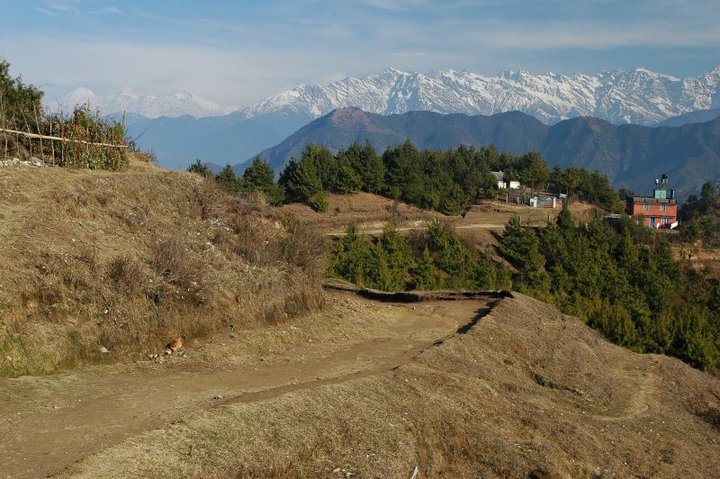
Shivapuri Nagarjun National Park Entry Fee
For Foreighners : Nepal Currency Rupees 1000 per person per Entry.
For SAARC country Nationalities: Nepal Currency Rupees 600 per person per Entry.
For Nepali Citizen: Nepal Currency Rupees 100 per person per Entry.
*SAARC Countries Name List:
Shivapuri Nagarjun National Park is the ninth national park in Nepal and was established in 2002. It is located in the country’s mid-hills on the northern fringe of the Kathmandu Valley and named after Shivapuri Peak of 2,732 m (8,963 ft) altitude. It covers an area of 159 km2 (61 sq mi).
Shivapuri Nagarjun National Park is one of the closest and famous destinations to escape from the hustle and bustle of Kathmandu valley pollution. This park covers 3 districts i.e. Kathmandu, Nuwakot, and Sindhupalchok. The Park has been popular for internal visitors wherein 2017 this national park has the highest number of tourists.
Shivapuri Nagarjun National Park is a freshwater source for Kathmandu valley. Nagmati, Bagmati, Syalmati, Bishnumati, Rudramati, Sangala, TusalKhola and their tributaries of Shivapuri Nagarjun National Park are the prime source of drinking water for Kathmandu valley. These rivers and streams discharge about 30 million liters of water per day.
The park area is surrounded by a heavy sub-urban population. The Buffer Zone (BZ) of Shivapuri Nagarjun National Park was declared in 2016. The objectives of BZ is to conserve and manage forests to fulfill the daily basic needs of the local community residing in the periphery of the Shivapuri Nagarjun National Park. It covers an area of 118.61 km2, which covers part ofKathmandu, Nuwakot Sindhupalchok and Dhading districts. There are 14,558 households with a population of 79,776 residing in the BZ. The National Parks and Wildlife Conservation Act, 1973 has made a provision of plowing back 30-50% of the Park’s revenue into community development and conservation of the buffer zone.

Floral diversity is high in Shivapuri Nagarjun National Park due to its location, altitudinal and climatic variations. The park is located in a sub-tropical and lower temperate zone of Nepal. It harbors a total of 2,122 plant species, 129 species of mushrooms, 50 macrofungi species. There are more than 1250 flowering plants including 16 endemic species. 57 species of medicinal plants and 49 species of edible plants are reported. The Shivapuri Nagarjun National Park comprises four types of forests viz. (i) Lower mixed hardwood forests, (ii) Chirpine forests, (iii) Oak forests and (iv) Upper mixed hardwood forests, which support rich faunal and floral diversity with a number of protected, threatened and endemic wildlife species. Schima wallichii, Castanopsis indica, Alnus nepalensis, Pinus roxburghii, Quercus semicarpifolia, Quercus lanuginose, Rhododendron arboretum are the dominant vegetation in this park.
Faunal diversity of the park includes 24 species of mammals including 9 threatened species. Clouded leopard (Pardofelis nebulosa), two species of pangolin (Manis spp.), Assamese monkey (Macaca assamensis), Leopard cat (Prionailurus bengalensis) are the protected mammals found in SNNP. Common mammals include Common Leopard (Panthera pardus), Himalayan Black Bear (Ursus thibetanus), Goral (Naemorhedus goral), Jungle Cat (Felis chaus), Wild Boar (Sus scrofa), Barking Deer (Muntiacus muntijack), Sambar (Cervus unicolor), Rhesus monkey (Macaca mulata), Porcupine(Hystrix indica), Himalayan Serrow (Capricornis thar), yellow-throated marten (Martes flavigula), large Indian civet (Viverra zibetha), masked palm civet (Paguma larvata), flying squirrel (Petaurista spp.),mongooses and bats. It is home to 106 species of moth and butterflies, and only habitat for the relict Himalayan Dragonfly (Epiophlebia laidlawi) in Nepal. 318 species of birds found in the park, 14 of them are threatened including spiny babbler (Turdoides nepalensis), an endemic species. About 117 species of birds recorded in SNNP are of migratory nature. Some of the threatened bird species of Shivapuri Nagarjun National Park include Oriental hobby, Grey-sided Laughing Thrush and Cinereous vulture, White-backed vulture, Himalayan griffon, black vulture, bearded vulture, dark kite, hen harrier, goshawk, sparrow hawk, sikhra, common buzzard, Asian black eagle, steppe eagle, magpies, kalij pheasant, leafbirds, flycatcher, bushchat, babblers, cuckoos, bulbul, swift, warblers and wren babbler (Pnoepyga pusilla) are Common species of bird found in Shivapuri Nagarjun National Park. 18 species of Herpetofauna found in the Nagarjun forest. Frogs and toads are common amphibians. King cobra, green pit viper, rat snake, skink, lizards, geckos are common reptiles found in Shivapuri Nagarjun National Park.
The major attractions of the park are a scenic view, biodiversity, forest environment, wilderness, avifauna, spirituals fitness, religious sites, trekking, and hiking. The people around the park follow Hindu and Buddhist cultures. A visitor can enjoy Aryan and Mongolian culture. Shivapuri peak is a holy place for both Hindus and Buddhists and the source of holy rivers Bagmati and Bishnumati. SNNP has important pilgrimage destinations including Bagdwar, Bishnudwar, Jamacho, Buddha Gupha as well as Manichur Mahadev, Kageshwori, Sundarimai, Baudeshwor, Tarkeshowr, Pachali Bhairav, and Nagi Gumba, that provide opportunities for recreation, hiking, spiritual fitness, and wilderness. The Kathmandu-based tour/trek operators conduct regular tourism activities like a day-hike to Shivapuri Peak, viewing a snow pear panorama of other Himalayas, and visit Nagi gumba. The other popular activities within the park are bird watching, jungle walks, cycling, hiking, and trekking.

Shivapuri Nagarjun National Park is connected with networks of roads and trekking routes. Public bus services are available. Common routes are Sundhara–Jamal–Maharajgunj–Budhanilkantha–Panimuhan, Sundhara–Chabahil–Sundarijal, Sundhara–Chabahil–Sankhu, Sundhara–Jamal–Samakhusi–Tokha–Jhor, Sundhara–Jamal– Balaju–Nagarjun, Sundhara–Jamal–Balaju–Kakani. Visitors can enter into the park through Chisapani, Jhule, Sundarijal, Mahankal, Panimuhan, Tokha, Jagat, Kakani and Nagarjun Fulbari gate, paying entry fees on site.
The park is virtually surrounded by a 130 km long stone wall, having 95 km long graveled-road and 83 km foot trails constructed for trekking. There are few hotels/lodges in the buffer zone. Trained and experienced nature guides are available in different entrance gates.

Most Popular Trekking Route in Shivapuri National National Park Route
1. Sundarijal-Chisapani-Nagarkot-Lakuribhanjyang-Lubhu Hiking